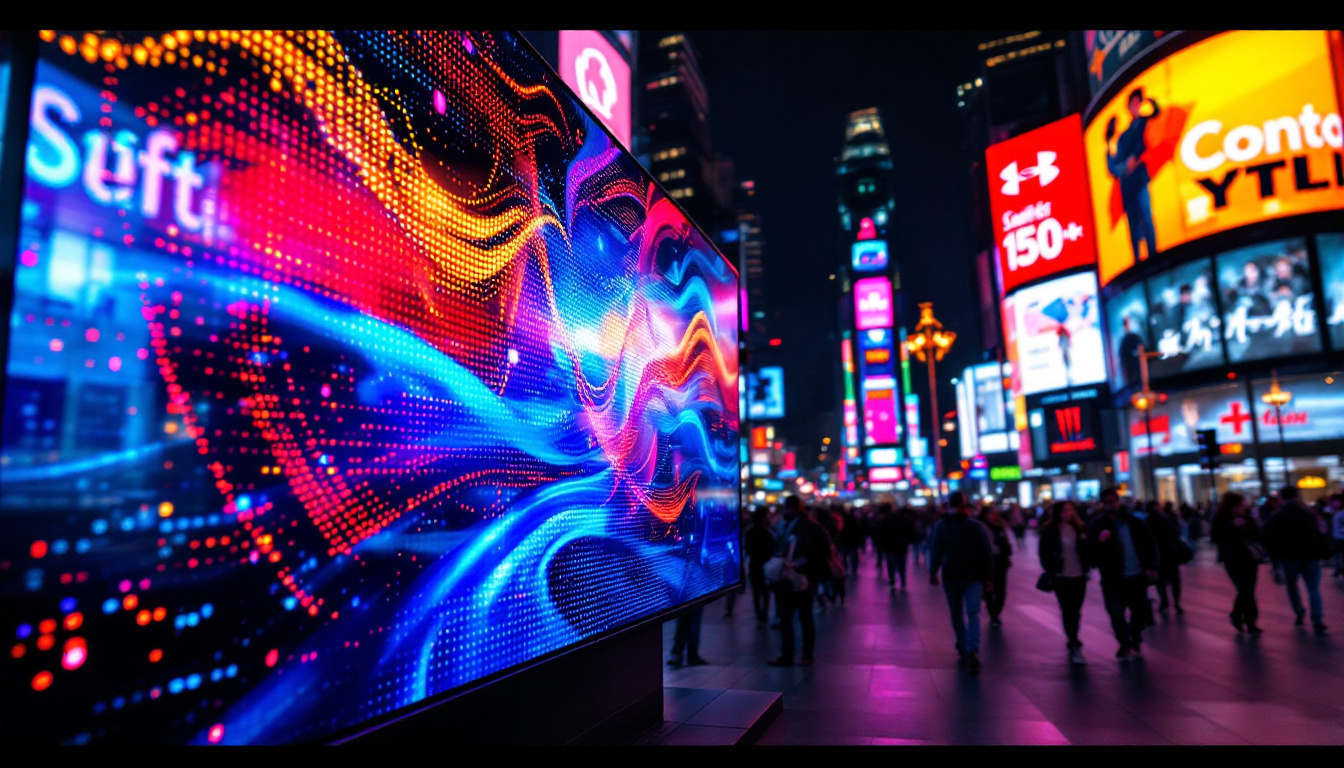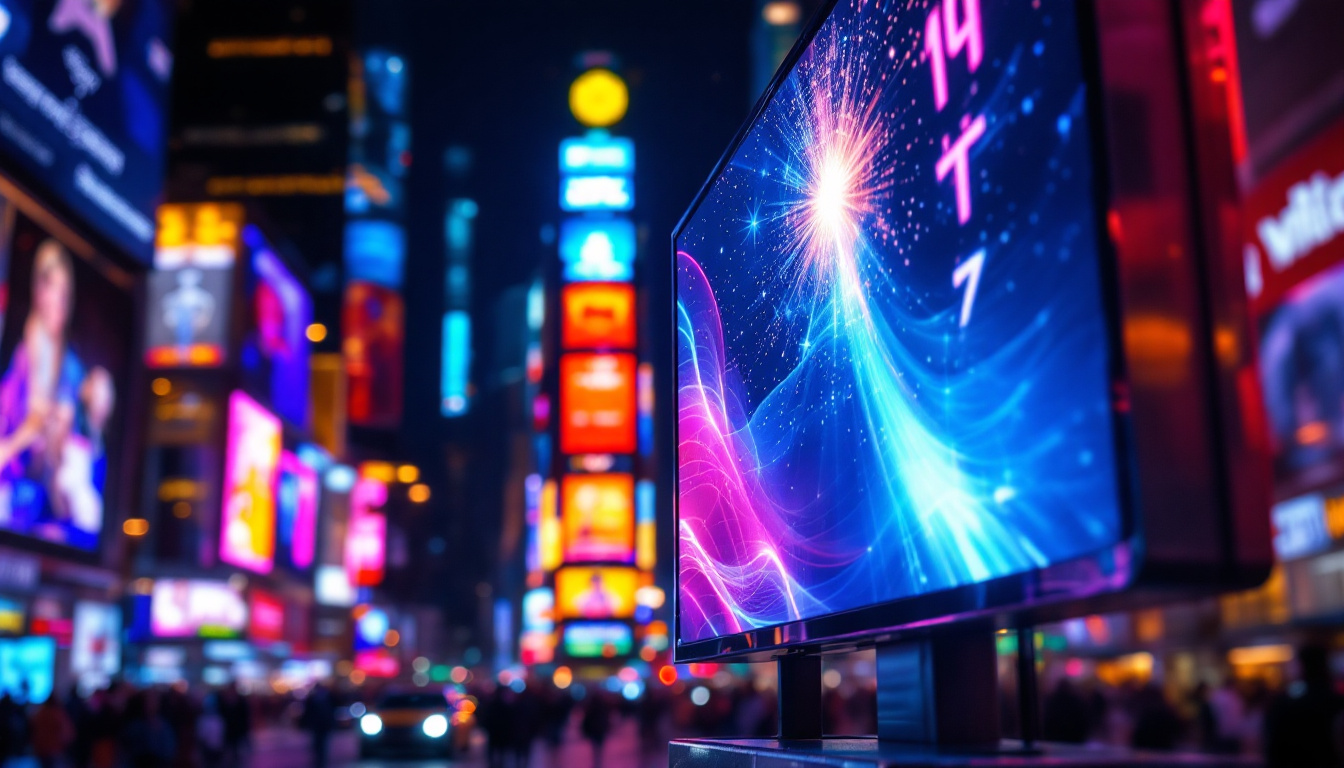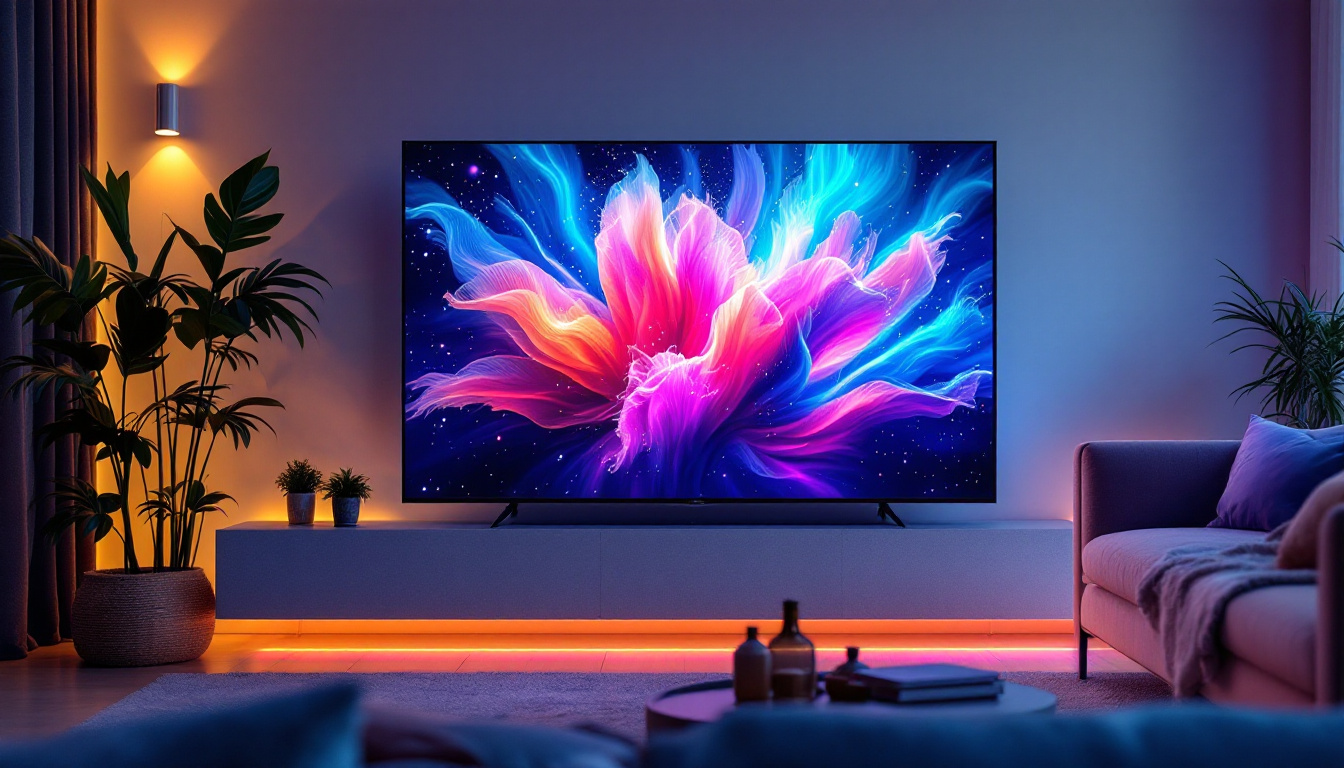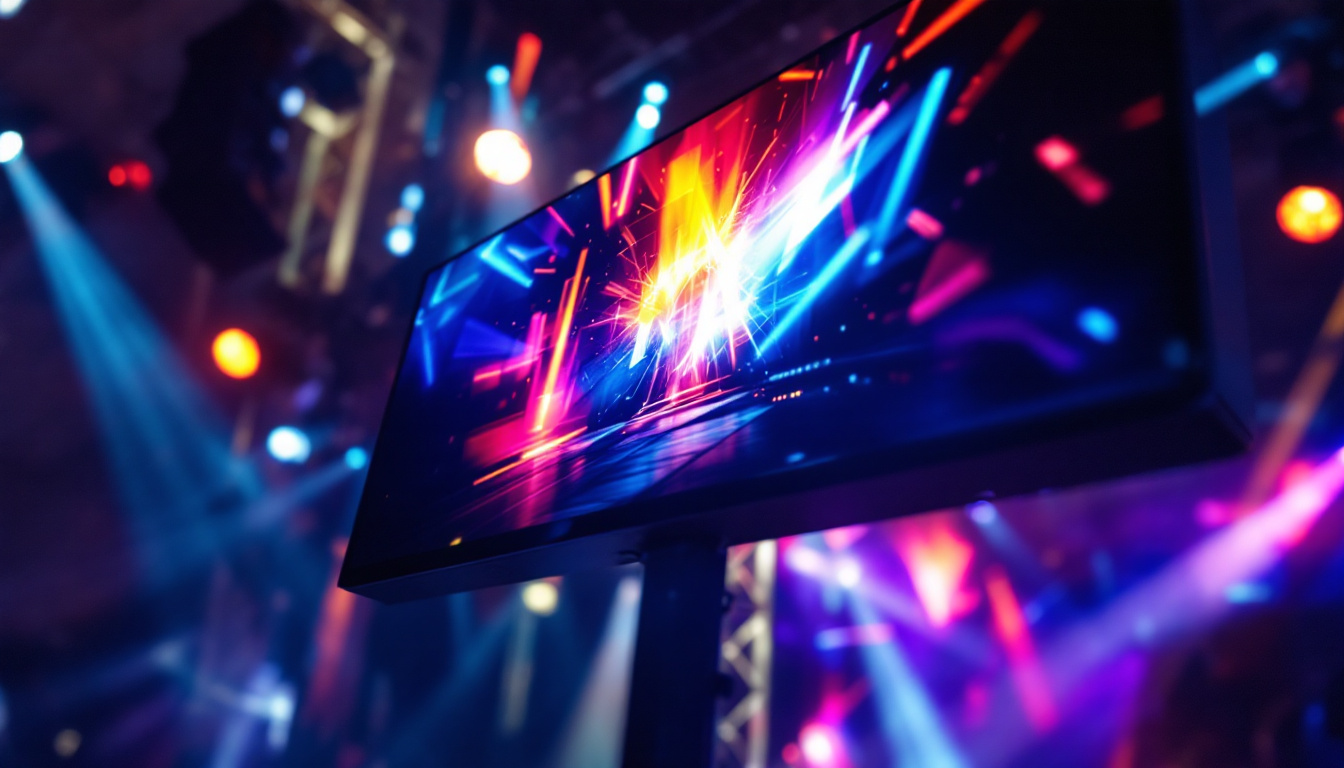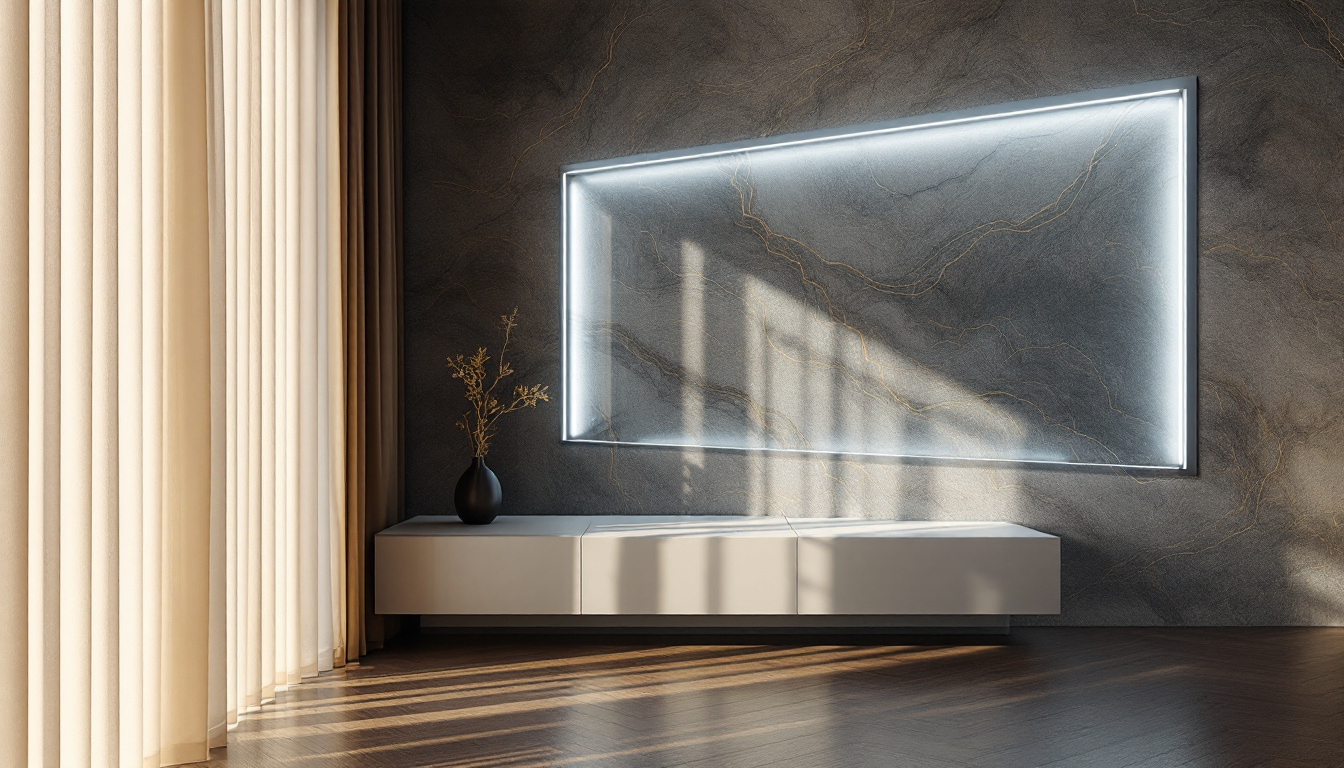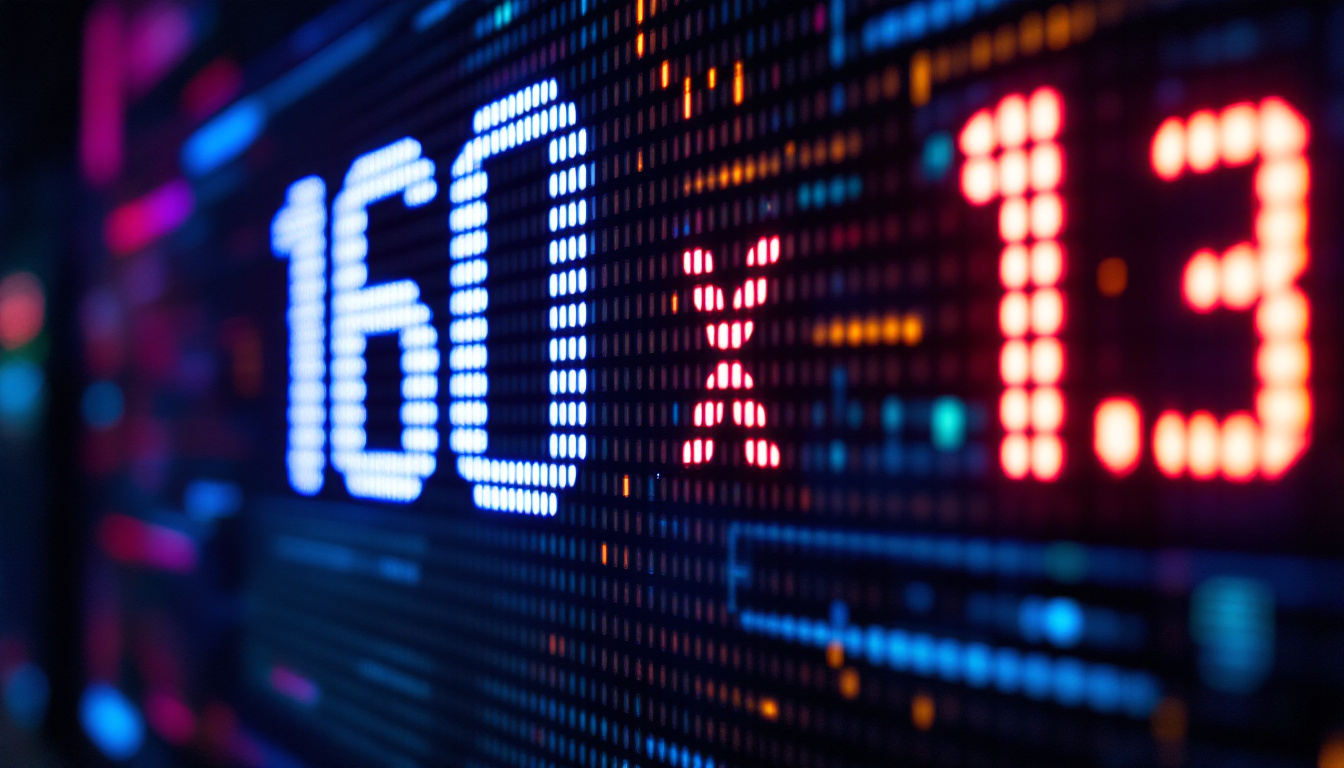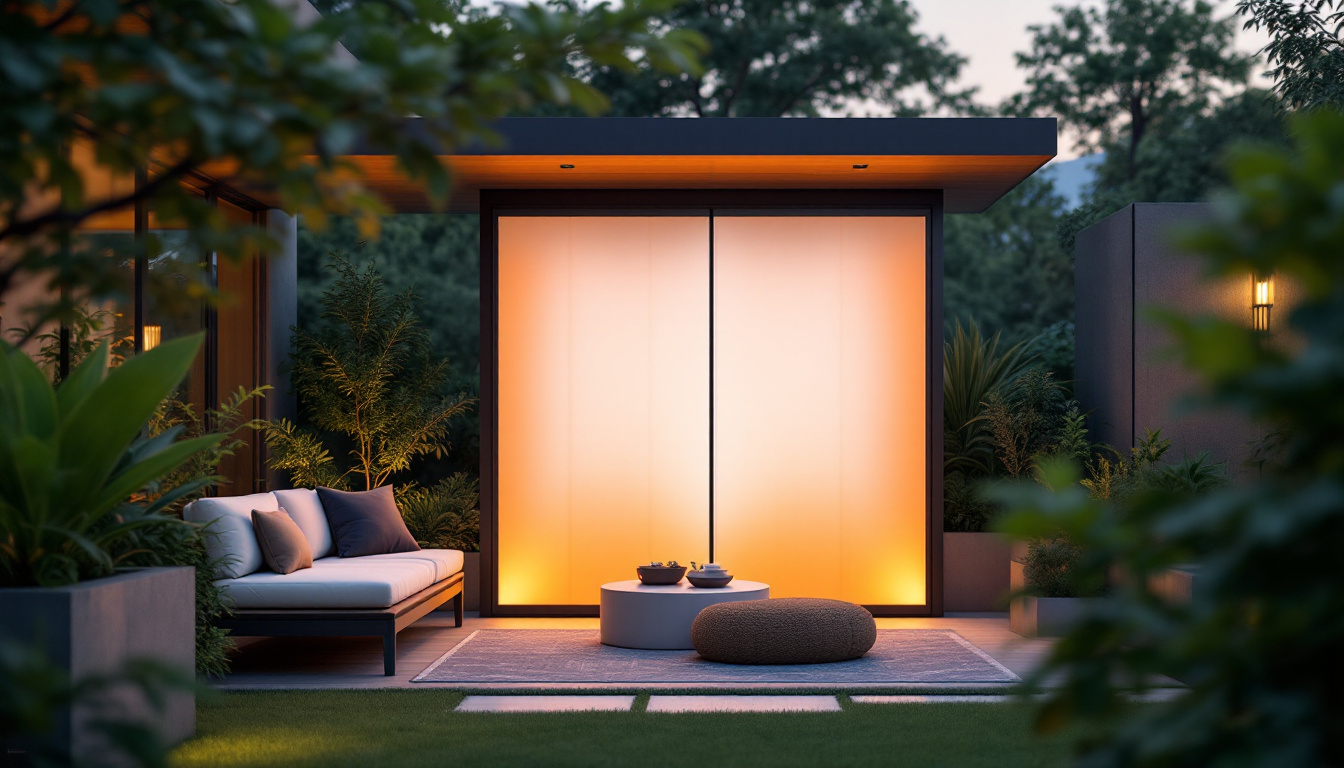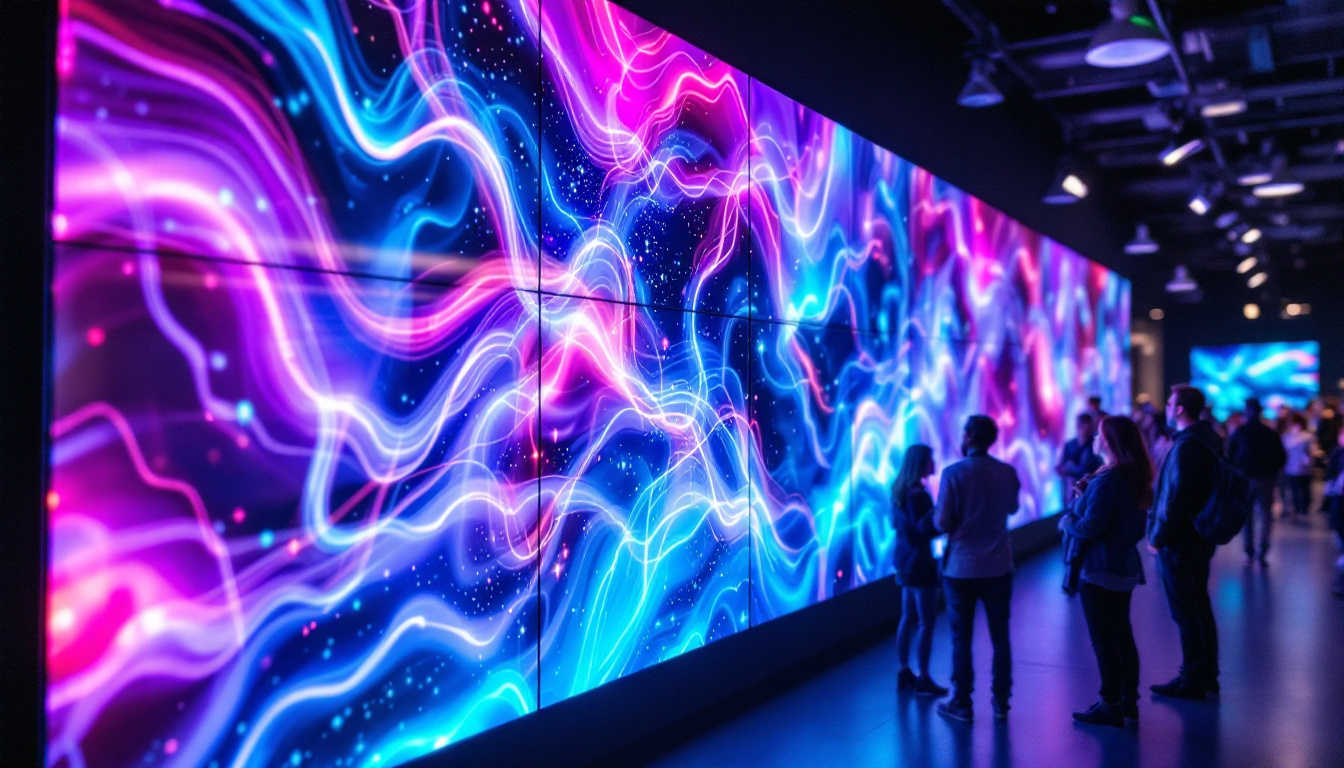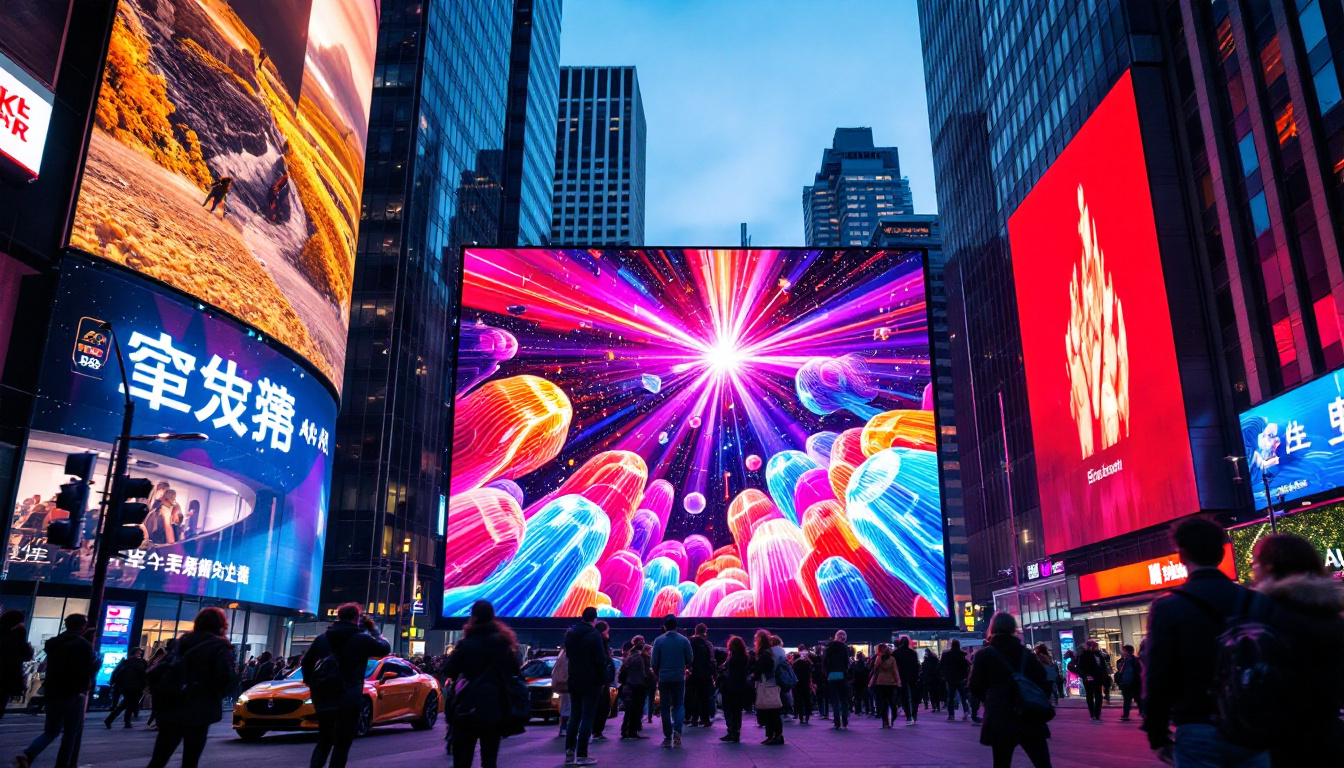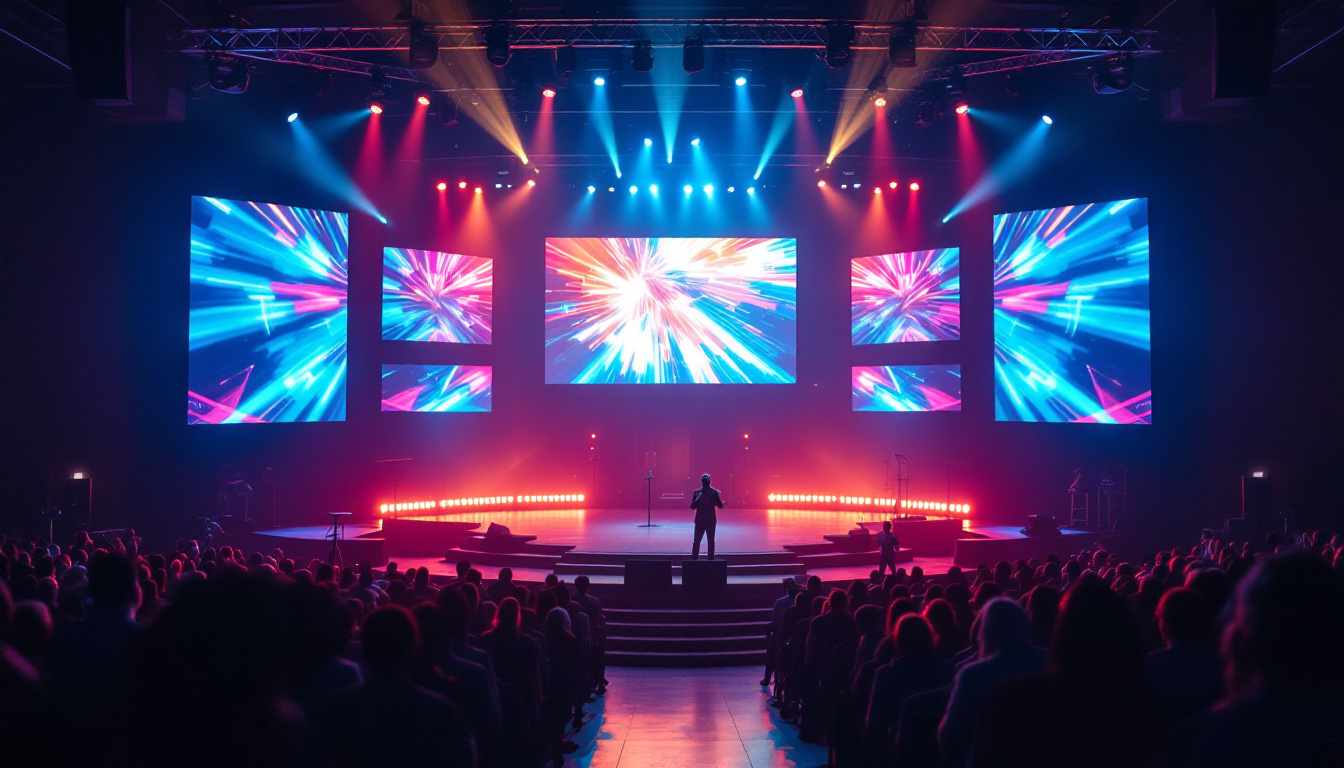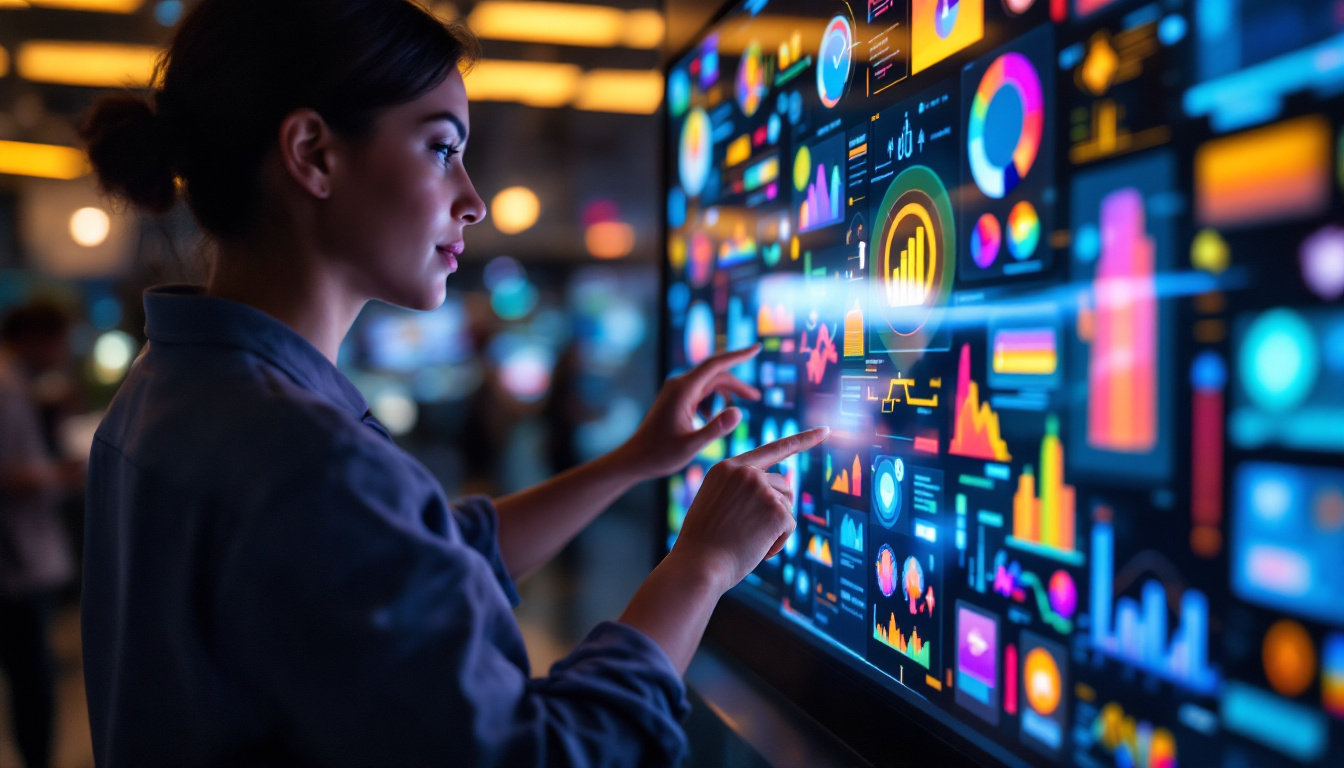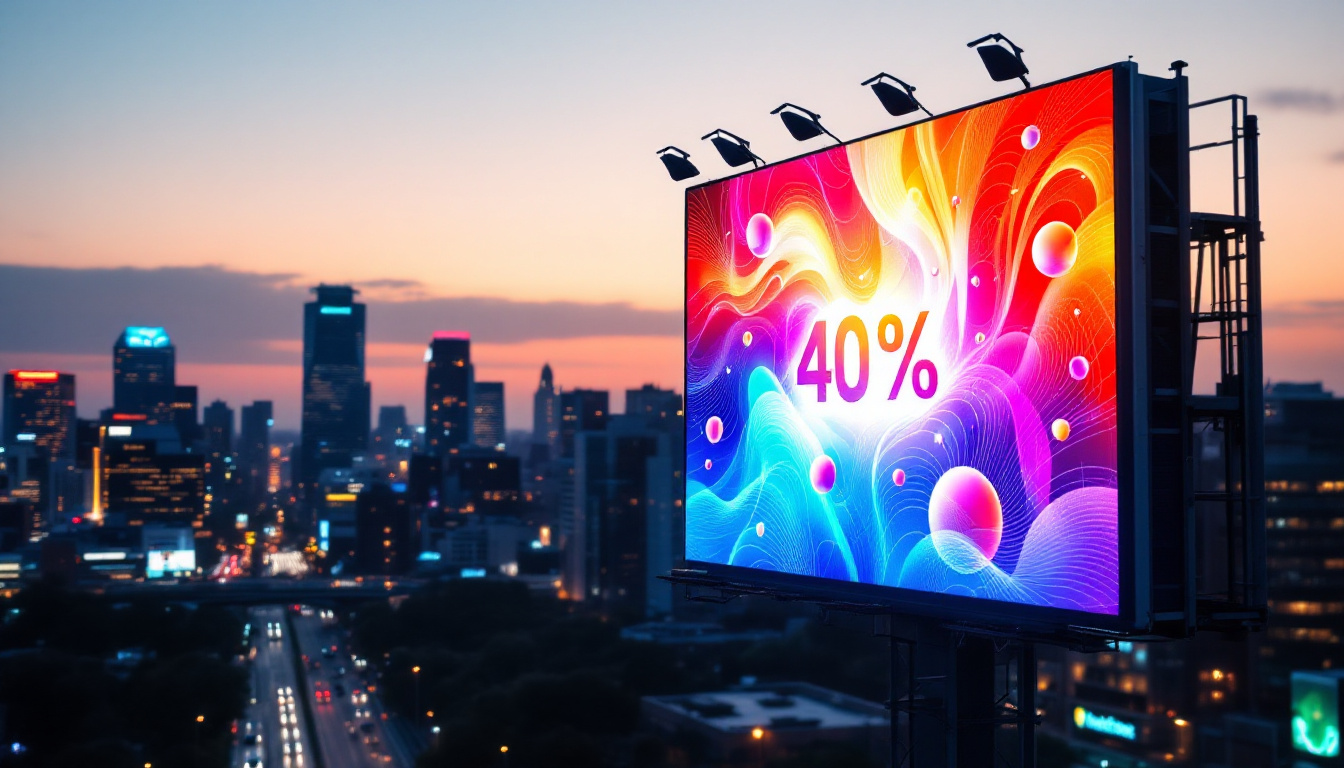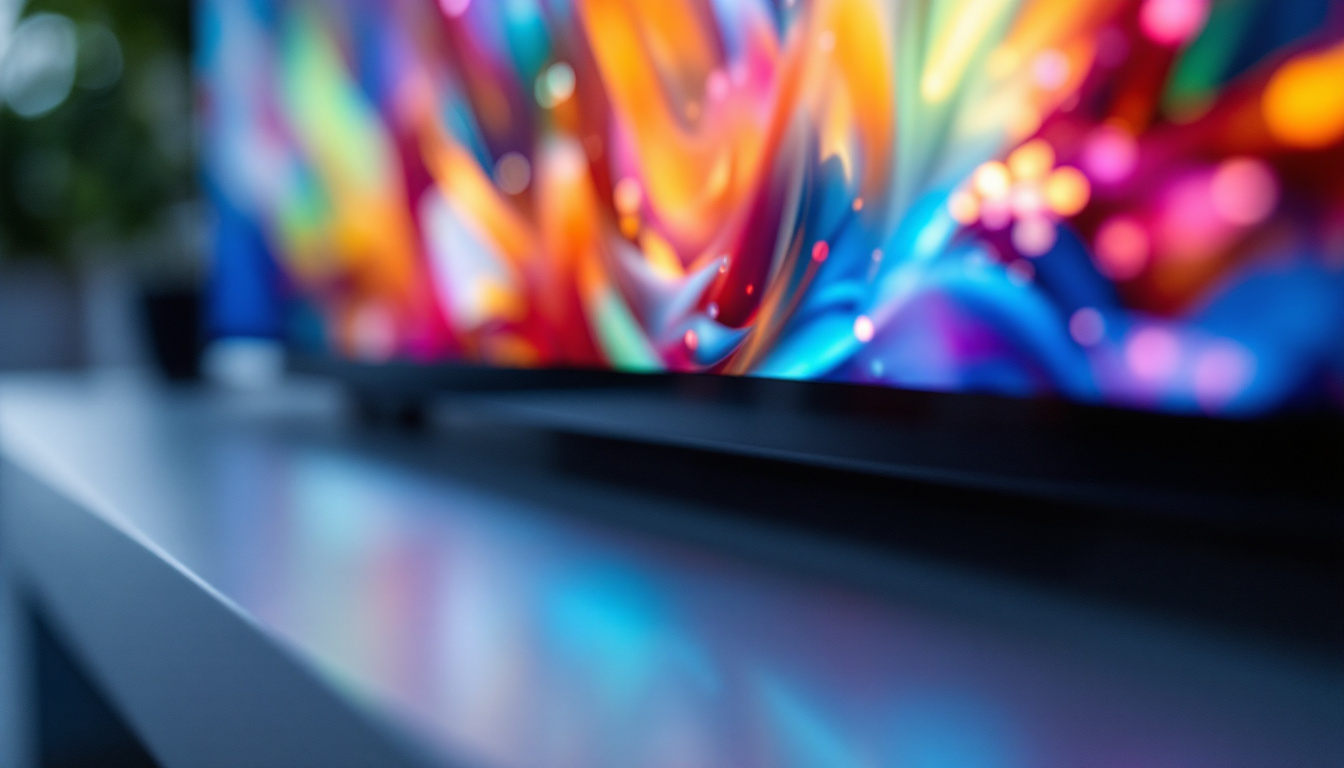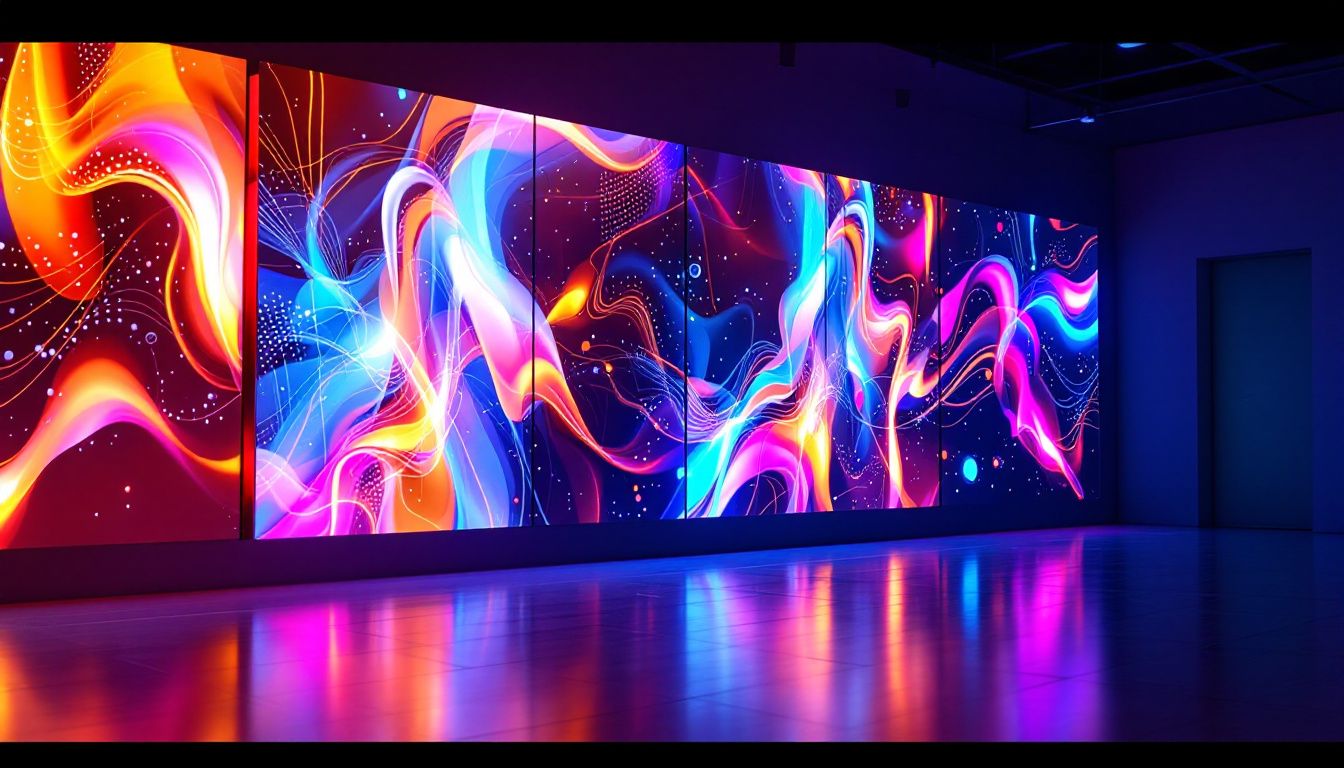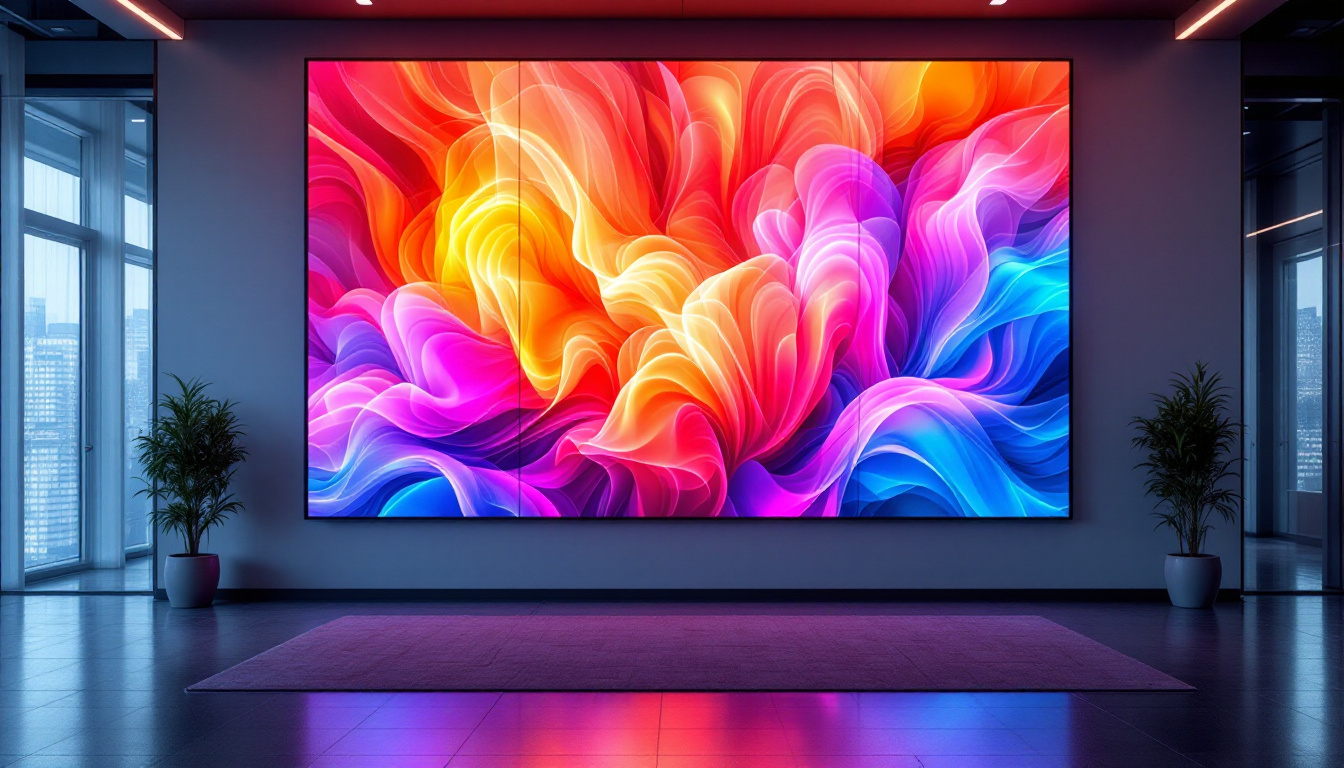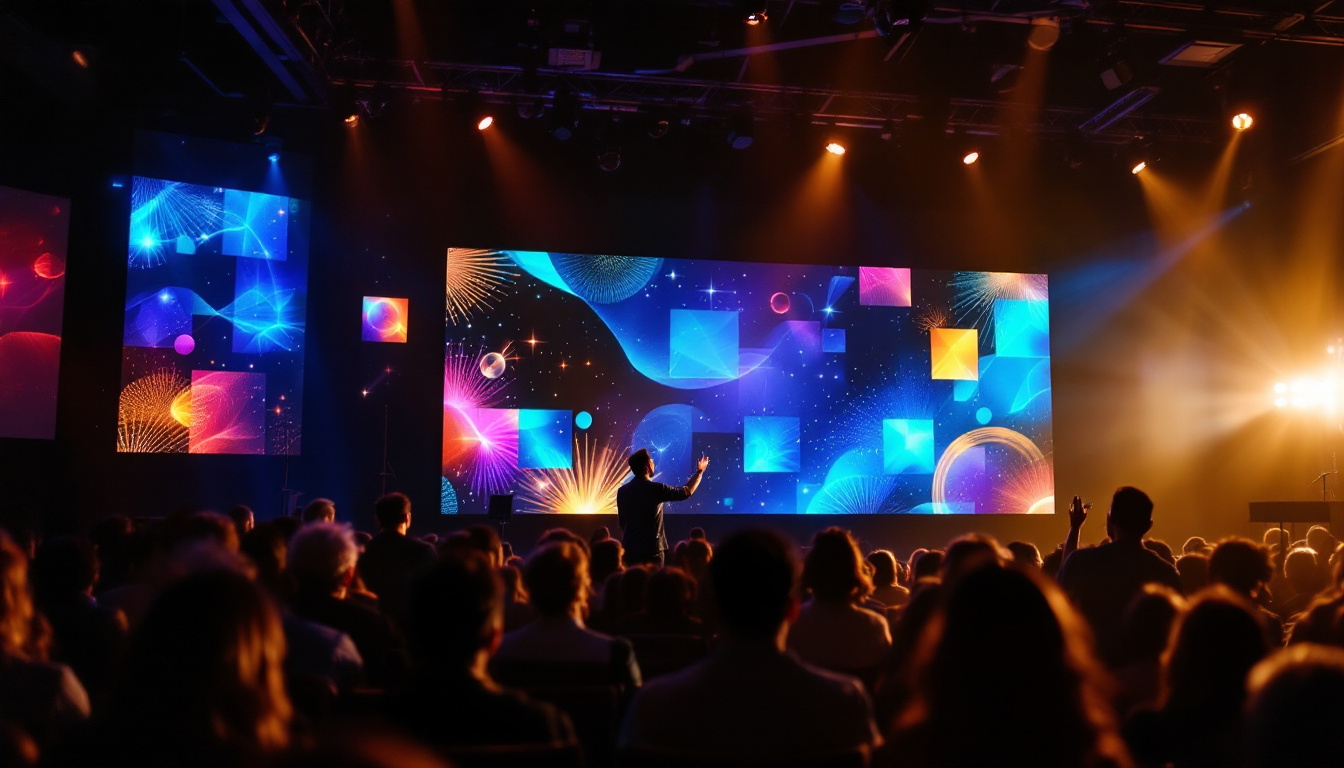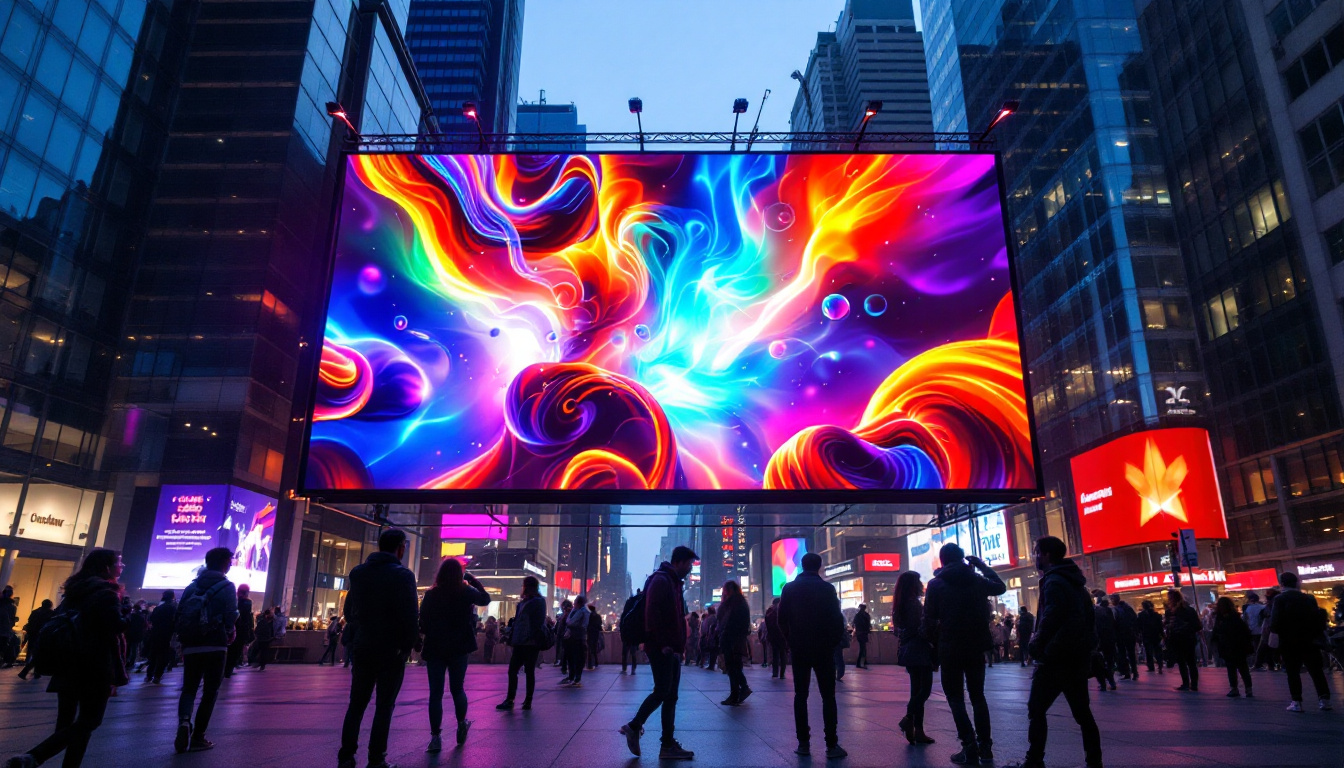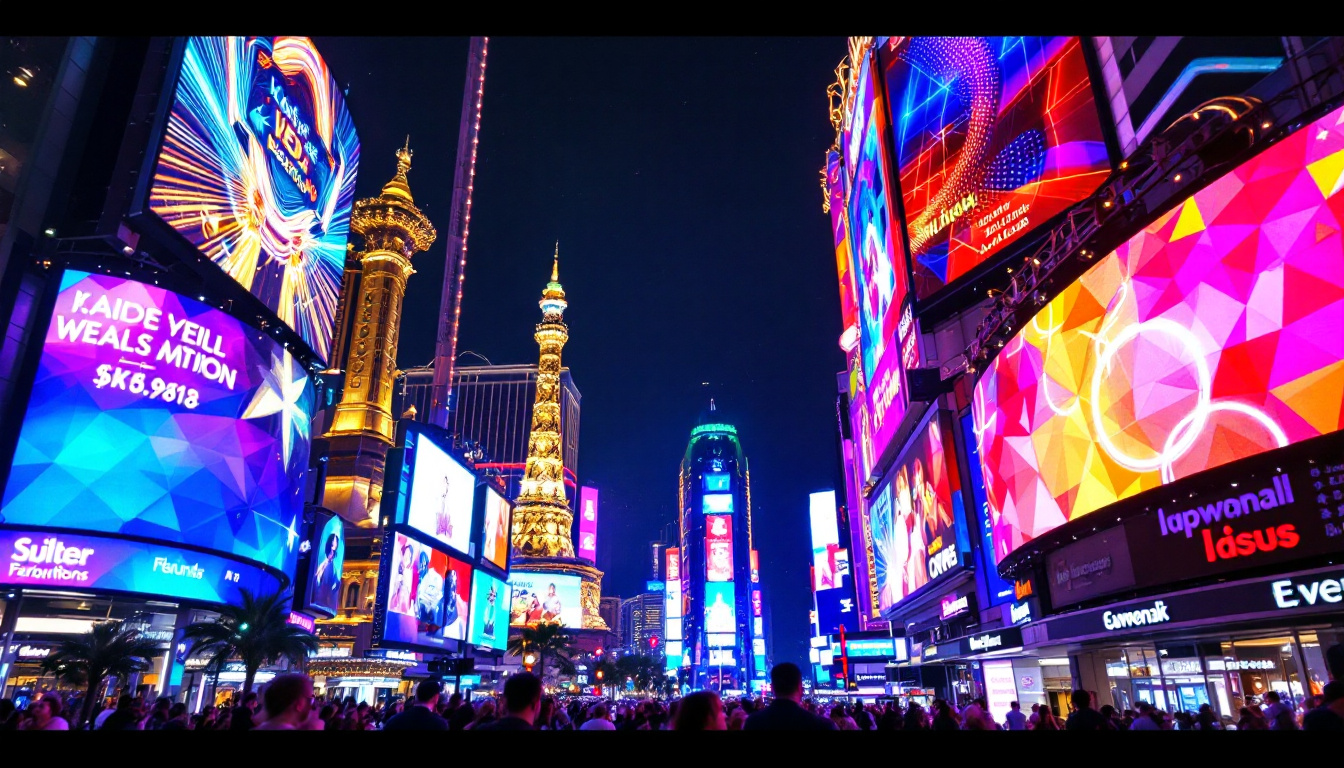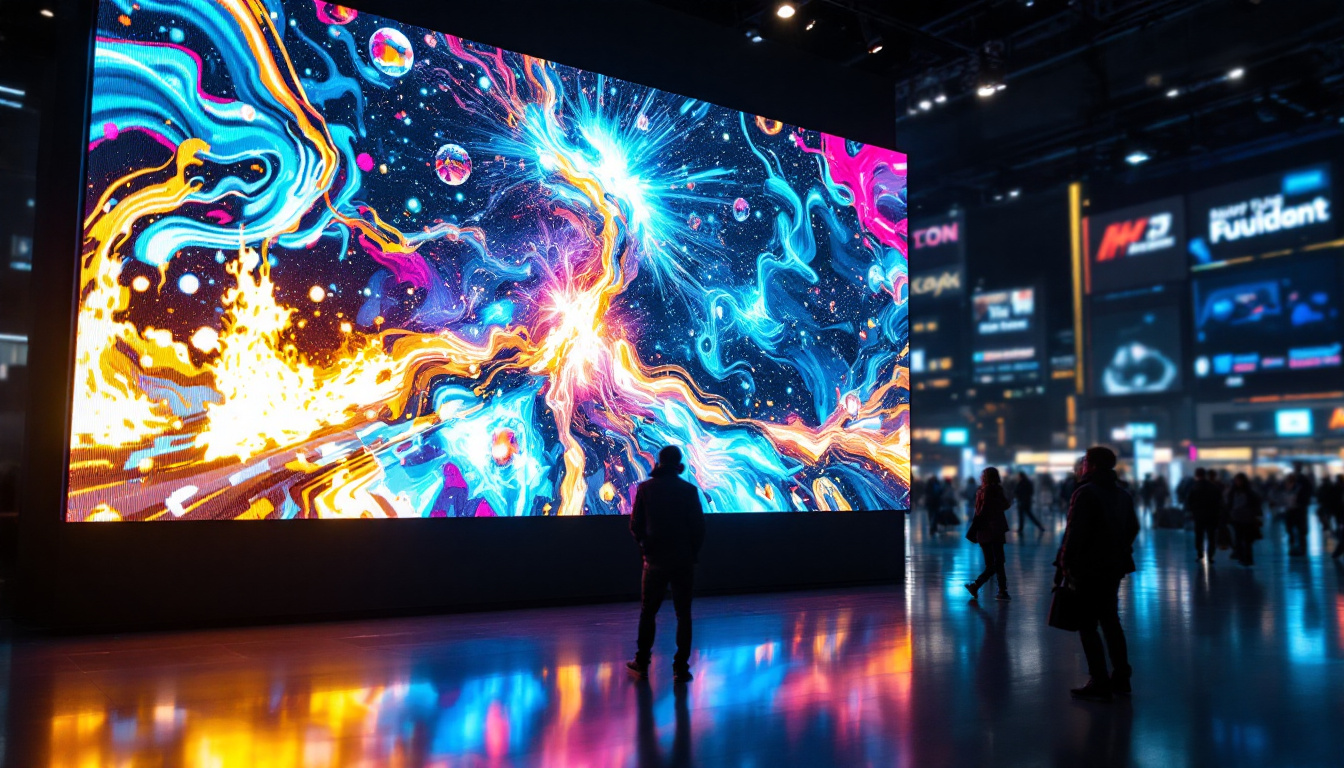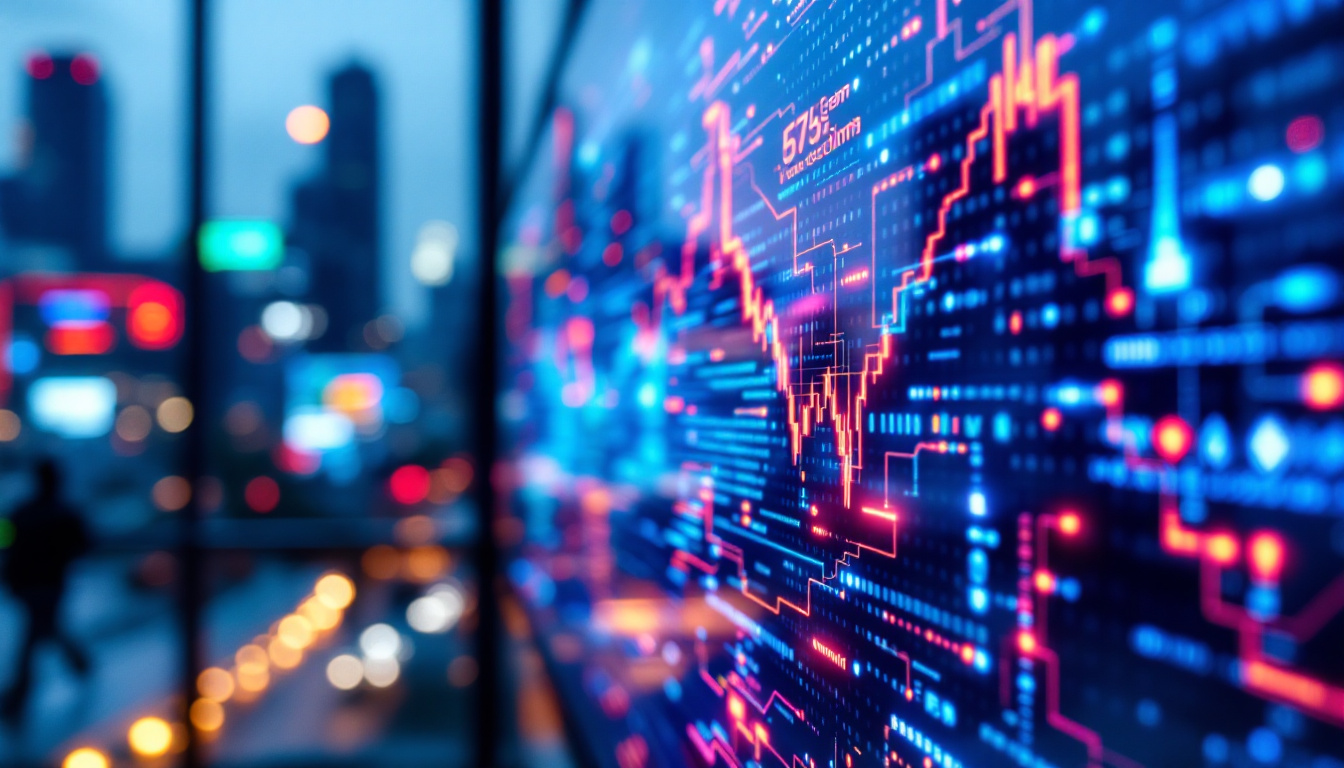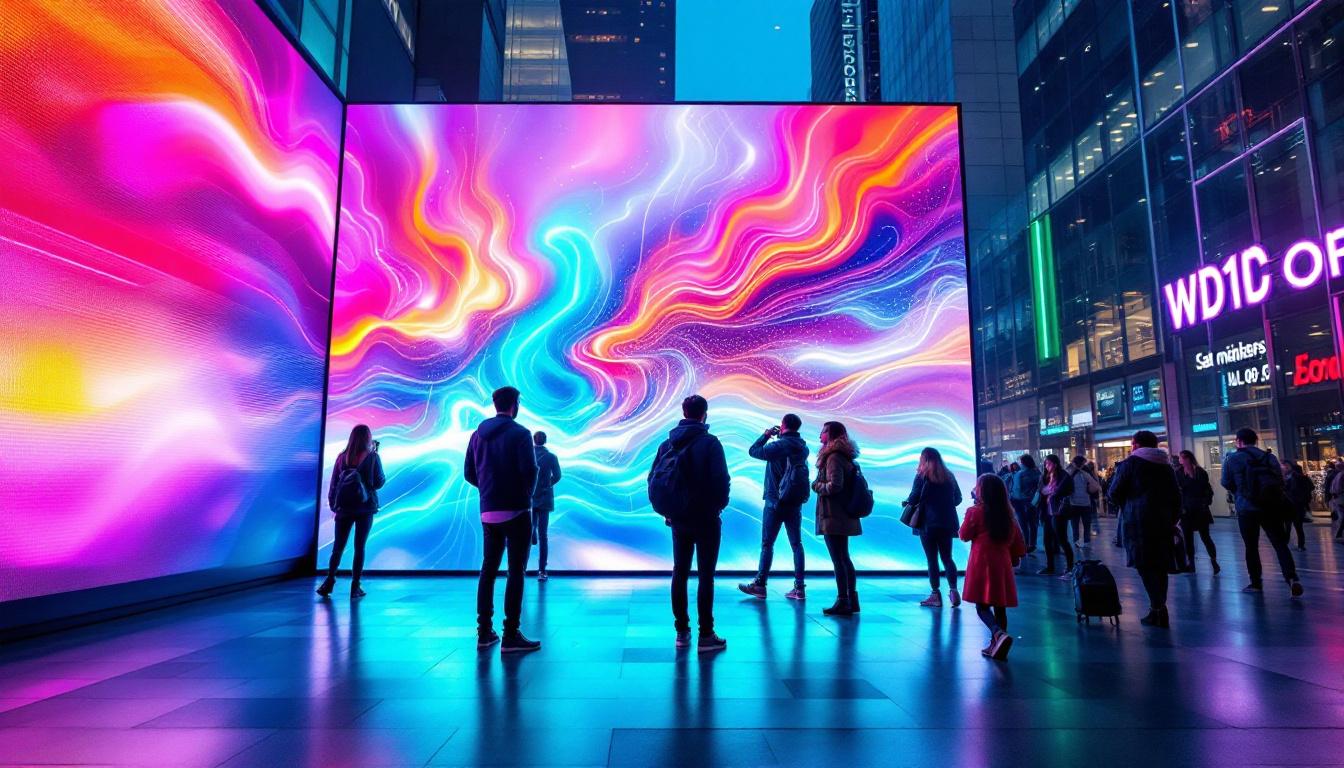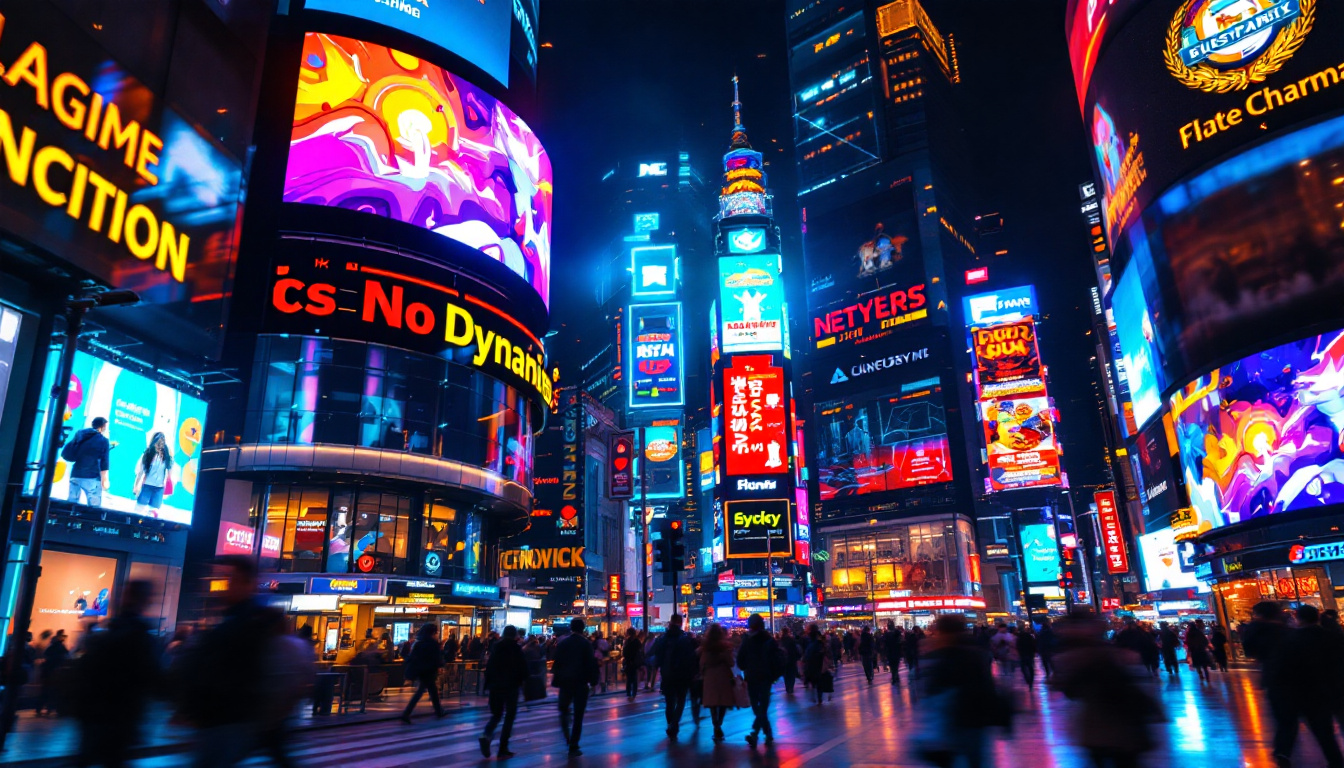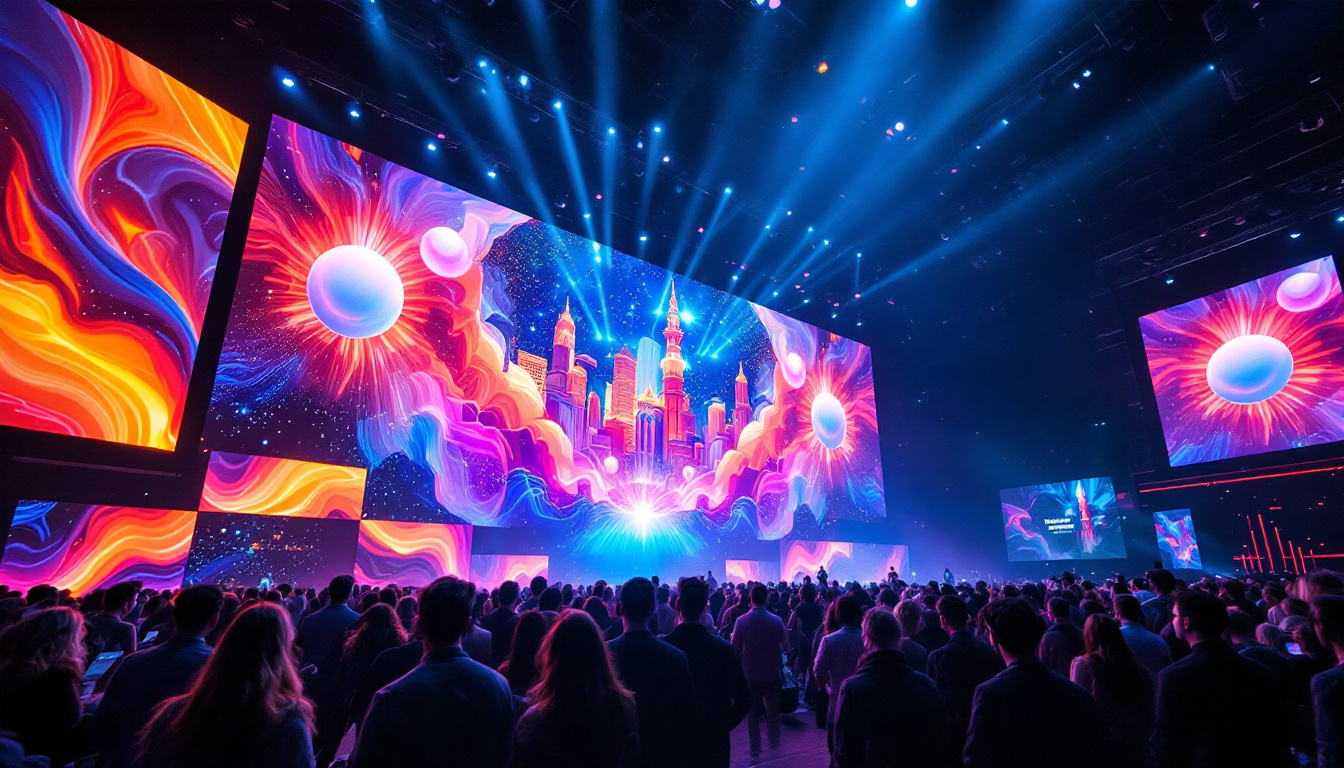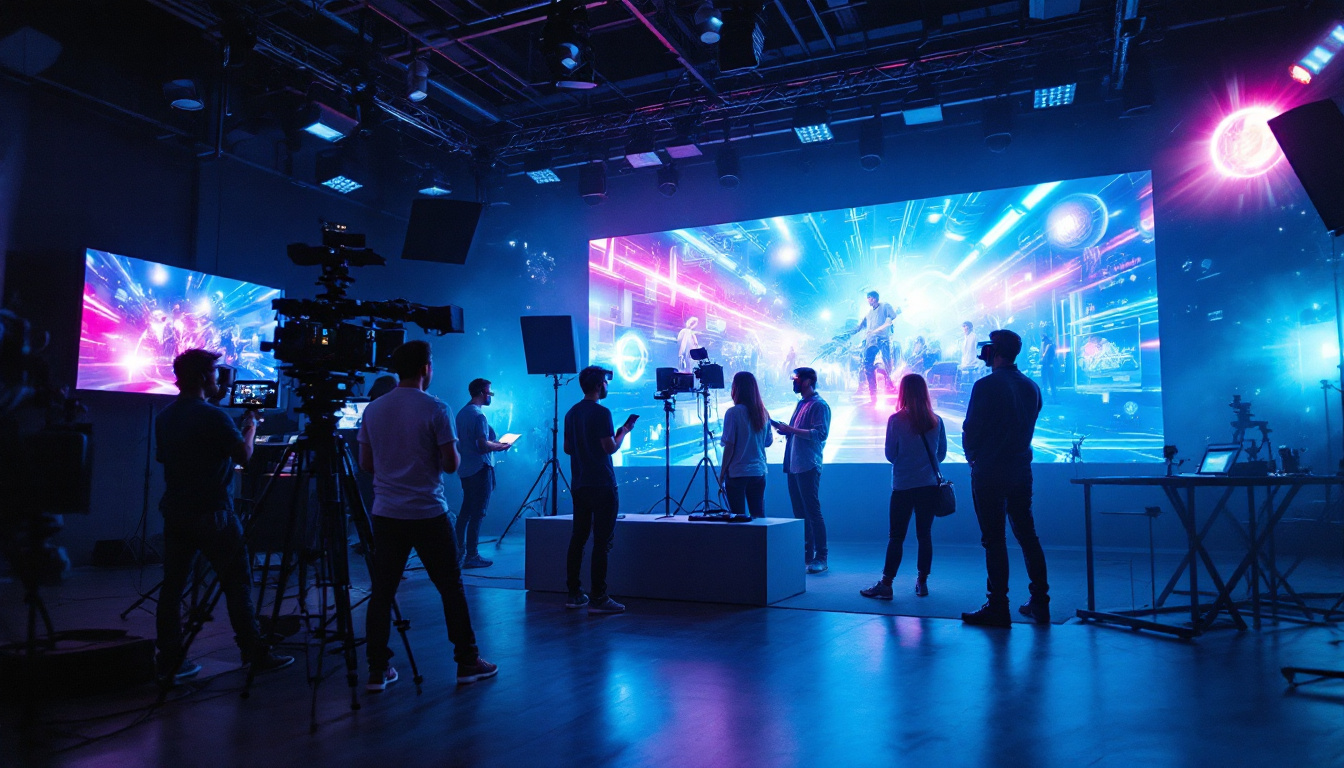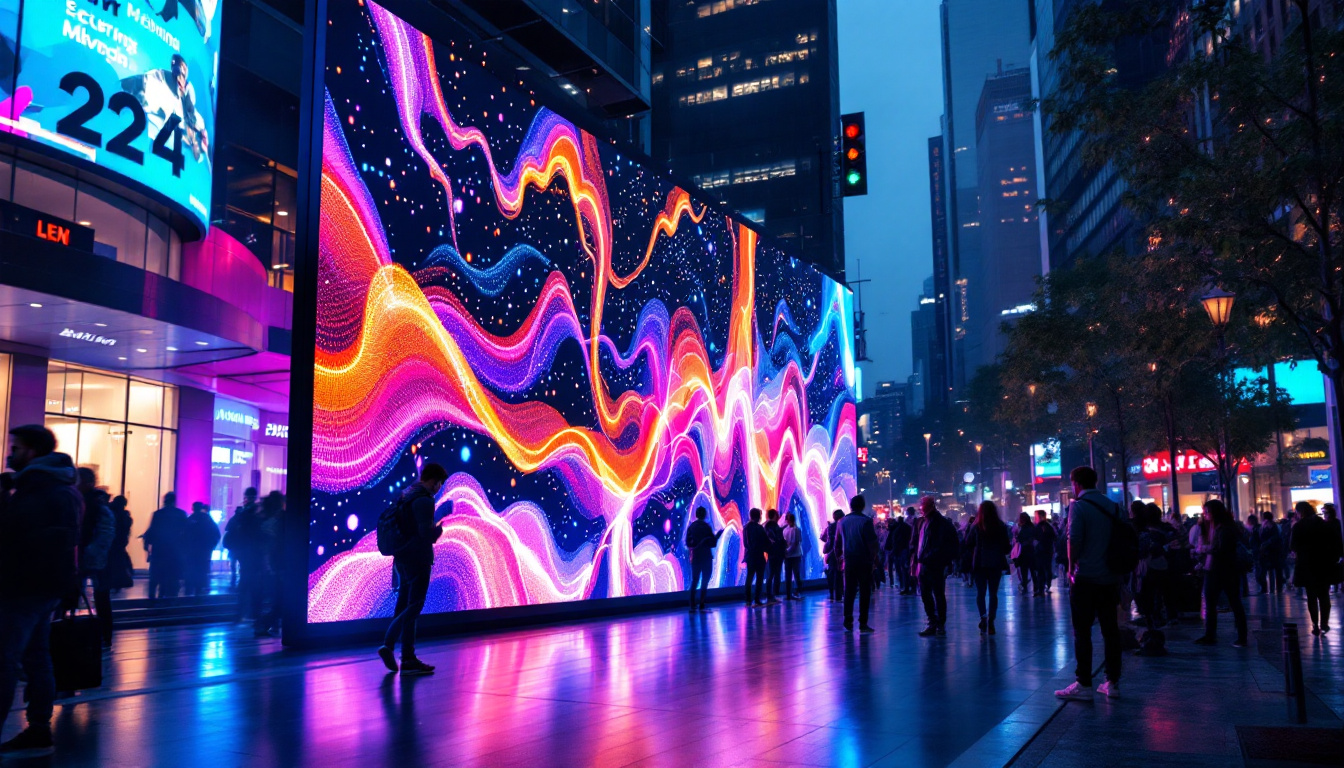In the modern world, the demand for high-quality visual displays has surged, driven by advancements in technology and the need for effective communication. Among the various display technologies available, LED (Light Emitting Diode) displays have emerged as a popular choice for both commercial and personal use. This article delves into the intricacies of LED displays, exploring their technology, applications, and the advantages they offer.
Understanding LED Technology
LED technology is based on the principle of electroluminescence, where a semiconductor material emits light when an electric current passes through it. This fundamental characteristic sets LED displays apart from traditional display technologies, such as LCD and CRT, which rely on backlighting or cathode ray tubes to produce images. The efficiency of LEDs not only contributes to lower energy consumption but also results in longer lifespans compared to their predecessors, making them a more sustainable choice for both consumers and businesses alike.
The Basics of LED Displays
LED displays consist of an array of tiny light-emitting diodes that work together to create images and videos. Each pixel in an LED display is made up of red, green, and blue (RGB) diodes, which can be combined in various intensities to produce a wide spectrum of colors. This RGB model is essential for achieving vibrant and accurate color reproduction. The precision with which these colors can be mixed allows for the display of intricate images and detailed graphics, enhancing the viewer’s experience significantly.
There are two main types of LED displays: direct view and backlit. Direct view LED displays utilize individual diodes to form the entire image, while backlit LED displays use LEDs to illuminate an LCD panel. Direct view displays are commonly used in large outdoor screens and digital billboards, whereas backlit displays are prevalent in televisions and computer monitors. The choice between these types often depends on the intended application, with direct view displays excelling in outdoor environments where visibility is crucial, and backlit displays providing excellent color accuracy in controlled indoor settings.
How LED Displays Work
At the core of an LED display is a matrix of pixels, each controlled by a dedicated circuit. When an image is displayed, the corresponding pixels are activated to emit light in specific colors and intensities. This process is managed by a display controller, which receives video signals and translates them into the appropriate commands for the LED matrix. The technology behind these controllers has evolved, allowing for real-time processing of high-definition video content, which is vital for applications such as live sports broadcasting and immersive gaming experiences.
One of the key advantages of LED displays is their ability to achieve high brightness levels, making them suitable for various lighting conditions. Additionally, they offer rapid response times, ensuring smooth video playback and reducing motion blur, which is particularly important for fast-paced content. Furthermore, advancements in LED technology have led to the development of features like HDR (High Dynamic Range), which enhances the contrast and color range of the display, providing viewers with a more lifelike and engaging visual experience. This capability is increasingly being integrated into consumer electronics, making LED displays a popular choice for both home entertainment systems and professional applications.
Applications of LED Displays
LED displays have found applications across numerous industries due to their versatility and effectiveness. From advertising to entertainment, the usage of LED technology continues to expand, transforming how information is presented to audiences.
Advertising and Marketing
One of the most prominent applications of LED displays is in advertising and marketing. Digital billboards and outdoor signage leverage the high visibility and brightness of LED technology to capture the attention of passersby. These displays can be programmed to change content dynamically, allowing advertisers to showcase multiple messages throughout the day.
Moreover, LED displays can be found in retail environments, where they enhance customer engagement through eye-catching visuals. In-store displays can promote special offers, new products, or seasonal campaigns, creating a more immersive shopping experience.
Entertainment and Events
In the entertainment industry, LED displays play a crucial role in enhancing live events, concerts, and festivals. Large LED screens are often used to project visuals, providing audiences with a better view of performances from various angles. This technology allows for stunning visual effects, transforming the overall atmosphere of events.
Additionally, LED displays are integral to sports venues, where they provide real-time statistics, replays, and advertisements. The ability to display high-definition content ensures that fans remain engaged and informed throughout the event.
Corporate and Educational Use
In corporate settings, LED displays are utilized for presentations, conferences, and meetings. Their clarity and brightness make them ideal for conveying information to large audiences, ensuring that every participant can see the content clearly. Furthermore, interactive LED displays are becoming increasingly popular in educational institutions, fostering collaborative learning experiences.
These displays can facilitate group discussions, presentations, and interactive lessons, making learning more engaging for students. The integration of touch technology allows for a more hands-on approach to education, promoting active participation.
Advantages of LED Displays
LED displays offer a multitude of benefits that contribute to their growing popularity across various sectors. Understanding these advantages can help businesses and individuals make informed decisions when selecting display technology.
Energy Efficiency
One of the standout features of LED displays is their energy efficiency. Compared to traditional display technologies, LEDs consume significantly less power, which translates to lower electricity bills and a reduced carbon footprint. This energy efficiency is particularly beneficial for large-scale installations, such as outdoor billboards, where continuous operation is required.
Moreover, the longevity of LED displays means that they require less frequent replacements, further contributing to their sustainability. Many LED displays can last up to 100,000 hours, making them a cost-effective investment over time.
High Brightness and Contrast
LED displays are known for their exceptional brightness levels, which make them suitable for both indoor and outdoor environments. The ability to maintain visibility in direct sunlight is a significant advantage for outdoor advertising and events. Furthermore, the high contrast ratios of LED displays enhance image quality, providing deeper blacks and more vibrant colors.
This characteristic is essential for applications where visual clarity is paramount, such as in medical imaging or high-definition video production. The superior image quality ensures that viewers receive an accurate representation of the content being displayed.
Flexibility and Customization
Another notable advantage of LED displays is their flexibility in design and installation. LED panels can be configured in various shapes and sizes, allowing for creative and unique display solutions. This adaptability makes them suitable for a wide range of applications, from large stadium screens to intricate architectural installations.
Additionally, LED displays can be customized to fit specific needs, such as resolution, pixel pitch, and brightness levels. This level of customization ensures that users can achieve the desired visual impact for their particular application.
Challenges and Considerations
While LED displays offer numerous benefits, there are also challenges and considerations that users should be aware of. Understanding these factors can help in making informed decisions regarding the implementation of LED technology.
Initial Costs
One of the primary challenges associated with LED displays is the initial investment required for purchase and installation. Although prices have decreased over the years, high-quality LED displays can still be costly, particularly for large installations. Businesses must weigh the long-term benefits against the upfront costs to determine if an LED display is a viable option.
However, it is essential to consider the total cost of ownership, which includes energy savings, maintenance, and longevity. In many cases, the long-term savings can offset the initial investment, making LED displays a financially sound choice.
Maintenance and Upkeep
While LED displays are generally low-maintenance, they are not entirely maintenance-free. Regular cleaning and occasional repairs may be necessary to ensure optimal performance. Dust, dirt, and environmental factors can affect the display’s brightness and clarity over time.
Additionally, users should be aware of the potential for pixel failure, where individual LEDs may stop functioning. While this is not common, it can occur, and having a plan for maintenance and repairs is crucial to maintaining the display’s quality.
The Future of LED Displays
The future of LED displays looks promising, with ongoing advancements in technology and increasing demand across various sectors. Innovations in LED technology are paving the way for even more efficient, versatile, and high-quality displays.
Emerging Technologies
As technology continues to evolve, new developments in LED displays are expected to enhance their capabilities. For instance, microLED technology is gaining traction, offering even smaller pixel sizes and improved color accuracy. This advancement could lead to more compact displays with higher resolutions, making them suitable for a broader range of applications.
Additionally, the integration of artificial intelligence (AI) and machine learning into display technology is anticipated to improve content management and personalization. This could enable more dynamic and engaging experiences for viewers, particularly in advertising and entertainment.
Increased Adoption Across Industries
As the benefits of LED displays become more widely recognized, their adoption is expected to increase across various industries. From healthcare to retail, businesses are likely to explore the potential of LED technology to enhance communication and engagement with their audiences.
Moreover, as sustainability becomes a more significant concern, the energy efficiency and longevity of LED displays will make them an attractive option for organizations looking to reduce their environmental impact.
Conclusion
LED displays have revolutionized the way information is presented and consumed in various sectors. Their unique technology, combined with numerous advantages, makes them a preferred choice for advertising, entertainment, corporate use, and beyond. While challenges such as initial costs and maintenance exist, the long-term benefits often outweigh these concerns.
As technology continues to advance, the future of LED displays looks bright, with emerging innovations set to enhance their capabilities and applications. Whether for personal use or large-scale commercial installations, LED displays are poised to remain at the forefront of visual communication.
Discover LumenMatrix’s Innovative LED Display Solutions
Ready to elevate your visual experience with the latest in LED technology? LumenMatrix is at the forefront of LED display innovation, offering a wide range of solutions tailored to meet your needs. From captivating Indoor and Outdoor LED Wall Displays to dynamic Vehicle and Sports LED Displays, our products are designed to make your brand stand out. Embrace the future of visual communication with our Custom, All-in-One, and Transparent LED Displays, and see how our Floor LED Displays can transform any space. Check out LumenMatrix LED Display Solutions today and join the revolution in digital signage and visual storytelling.

